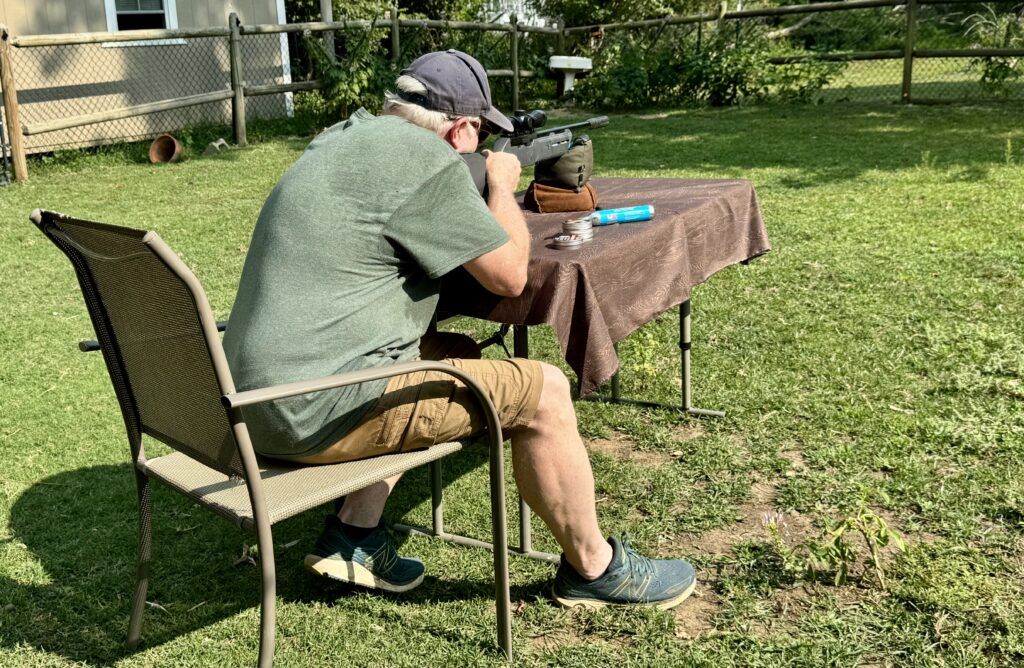Senate Bill 3065 would empower the Consumer Product Safety Commission (CPSC) to set standards for “firearm locks and safes” and for other purposes. U.S. Sens. Richard Blumenthal and Chris Murphy introduced the legislation to partner with Senate Bill 193 which would nationally mandate safe storage practices.
(4) SECURE GUN STORAGE BY OWNERS.—
“(A) OFFENSE.—
Advertisement — Continue Reading Below
“(i) IN GENERAL.—Except as provided in clause (ii), it shall be unlawful for a person to store or keep any firearm that has moved in, or that has otherwise affected, interstate or foreign commerce on the premises of a residence under the control of the person if the person knows, or reasonably should know, that—
“(I) a minor is likely to gain access to the firearm without the permission of the parent or guardian of the minor; or
“(II) a resident of the residence is ineligible to possess a firearm under Federal, State, or local law.
Advertisement — Continue Reading Below
“(ii) EXCEPTION.—Clause (i) shall not apply to a person if the person—
“(I) keeps the firearm—
“(aa) secure using a secure gun storage or safety device; or
Advertisement — Continue Reading Below
“(bb) in a location which a reasonable person would believe to be secure; or
“(II) carries the firearm on his or her person or within such close proximity thereto that the person can readily retrieve and use the firearm as if the person carried the firearm on his or her person.
“(B) PENALTY.—
Advertisement — Continue Reading Below
“(i) IN GENERAL.—Any person who violates subparagraph (A) shall be fined $500 per violation.
“(ii) ENHANCED PENALTY.—If a person violates subparagraph (A) and a minor or a resident who is ineligible to possess a firearm under Federal, State, or local law obtains the firearm and causes injury or death to such minor, resident, or any other individual, the person shall be fined under this title, imprisoned for not more than 5 years, or both.
“(iii) FORFEITURE OF IMPROPERLY STORED FIREARM.—Any firearm stored in violation of subparagraph (A) shall be subject to seizure and forfeiture in accordance with the procedures described in section 924(d).
Advertisement — Continue Reading Below
So… considering the CPSC already has standards on firearm storage devices with several specific articles and that the industry as a whole has a high motivation for their safety devices to work… what are they doing here? And, of course, the Government gets to keep your firearm.
Also, how are they going to be handing out those $500 fines? Random checks? How about those felony convictions if someone who shouldn’t get the gun gets it? Does putting the kids parent in prison for picking up the gun under the bed and hurting themselves or someone else make the situation better? If it was accidental, certainly not. And if it was deliberate? If the minor or prohibited individual took the firearm with ill intent? Will more prison and fines improve that?
What is the reasonable standard of security? Locked door? Safe? What if they’re in the safe but someone knew or figured out the key or combination? Is that reasonably secured or are they liable?
Advertisement — Continue Reading Below
Does doubling down on negligence penalties make anyone less negligent? That might be an interesting research question. What level of education/penalty balance produces the best societal compliance with smart practices? Maybe some of the $25 Million recently passed can give us an answer from the CDC.
Firearm safety practices must be tailored. Circumstances change and owners must adjust for the current environment they are in. Firearms are going to get stored vastly differently in a home where small children are watched vs. a household where only trained adults reside. It’s an active retention and adjustment. It would be nearly impossible to ‘enforce’ such a rule, only penalize if it goes wrong.
Why do we just keep rebranding negligence and pretend this will fix it?
Advertisement — Continue Reading Below















